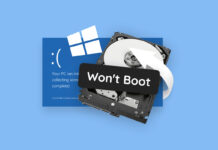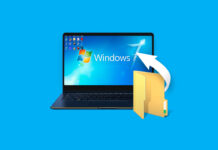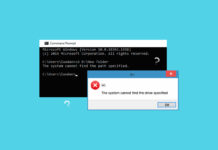
Windows Updates are essential for keeping your system secure and running smoothly. While they generally work without issues, problems can occur, and data loss is no exception. If you’ve discovered missing or corrupted files after a Windows update, then you’re reading the right article because I’ll guide you through several reliable recovery methods.
What Happens During a Windows Update and How It Can Lead to Data Loss?
When Windows runs an update, it goes through several carefully orchestrated stages to install new features and security patches correctly:
- First, Windows checks for available updates by connecting to Microsoft’s servers. This scanning happens randomly throughout the day to prevent millions of computers from overwhelming the servers all at once. During this check, Windows determines which updates are right for your specific device.
- Once Windows finds applicable updates, it begins downloading them in the background using smart downloading technology that manages bandwidth efficiently so that you can keep browsing, streaming, or working without noticeable slowdowns.
- After the download completes, Windows prepares for installation. It carefully organizes all the new files and creates a detailed plan for updating your system.
- Finally, Windows installs the updates by replacing old files with new ones, adjusting settings, and making necessary system changes. Some updates can be applied while you use your computer, but major updates often require a restart to complete the process properly.
Normally, this process is completed without any issues. However, problems can arise if the update process is interrupted, such as during a power outage or accidental restart. When this happens, Windows might not properly complete file transfers or directory changes, potentially leading to data becoming inaccessible or appearing to be deleted.
Additionally, some updates may change how Windows organizes certain folders or handles file permissions, which can make your files seem missing even though they’re still on your computer.
One user has even reported that a Windows update caused a temporary profile to load instead of your regular one:
After doing the update I noticed that the files on my desktop were missing… my wallpaper and several settings were changed. The next day after logging in, my wallpaper and settings went back to the state they were in before the update, but I noticed that my files are not on the desktop again.
In such situations, it’s important to begin the recovery of lost data as soon as possible to prevent accidentally overwriting the files that appear to be missing.
How to Recover Files Deleted After Windows Update
Whether they’ve been moved to a different location, hidden by a temporary profile issue, or marked as deleted by the system, several reliable methods exist to recover your data after a Windows update.
Method 1: Recover Using Windows.old Folder
After a major Windows update, the system automatically creates a Windows.old folder that contains data from your previous Windows installation. This folder serves as a backup and can be a lifesaver when files go missing during the update process. Here’s how to access it:
Step 1. Launch File Explorer.
Step 2. On the left-hand side, click the This PC option.
Step 3. Open your System drive (usually C:)
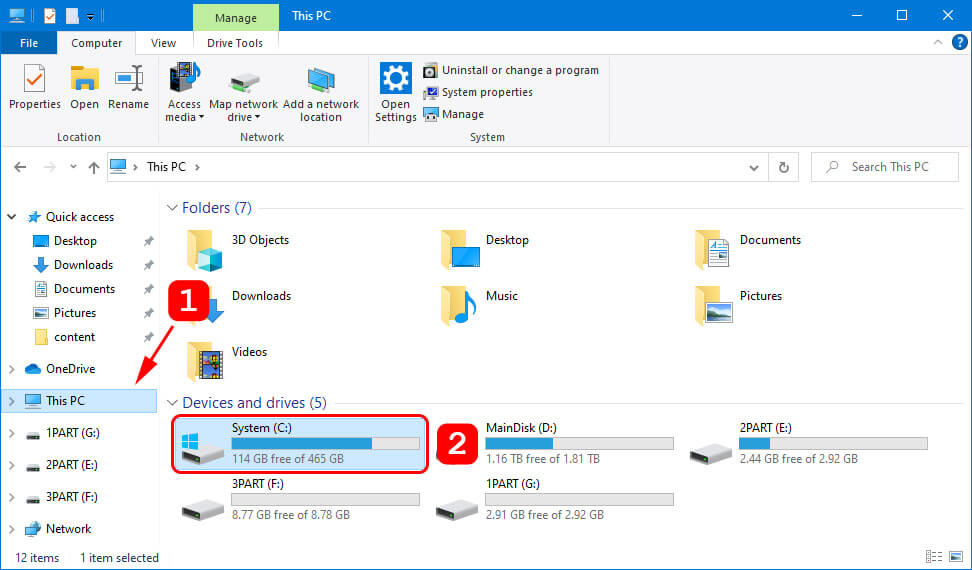
Step 4. Look for the Windows.old folder. Inside the Windows.old folder, you’ll find your previous Windows installation, including your personal files.
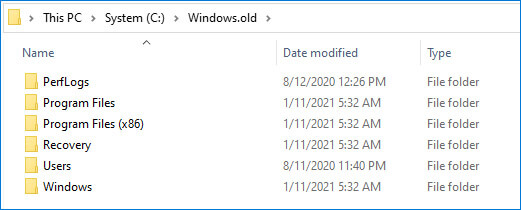
Step 5. Once you’ve found your files, simply copy them back to their original locations.
Keep in mind that the Windows.old folder is automatically deleted after 10 days to free up space. If it’s empty, then you need to use data recovery software (see below) to recover the deleted data.
Method 2: Restore Files from a Windows Backup
If you’ve been using Windows Backup, then you can easily restore your files to their state before the update. This method is the most reliable way to recover your data, assuming you had backup enabled before the update. Here’s how to check and restore your files:
Step 1. Open Settings, then navigate to Update & Security > Backup.
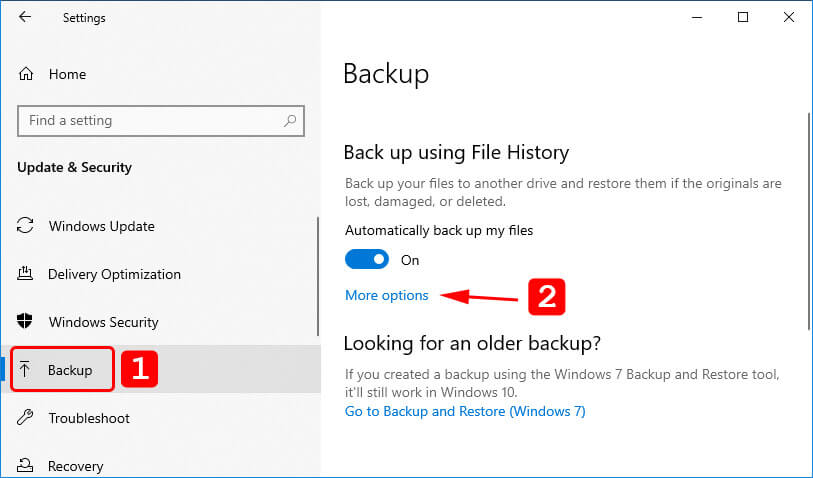
Step 2. Click Restore files from a current backup. If you don’t see any backups, this means automatic backup wasn’t enabled before the update.
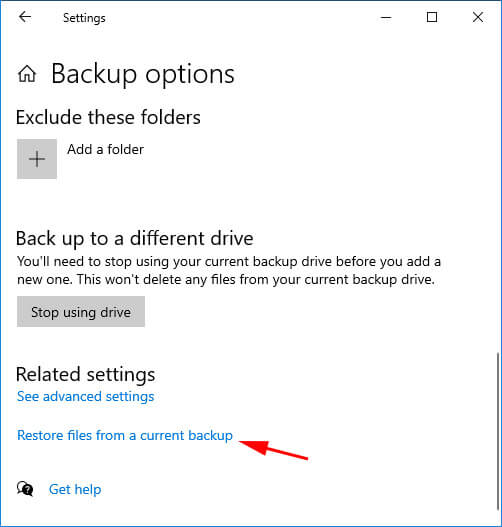
Step 3. Browse through your backup to locate the missing files. You can search, filter, and preview files before restoring them. Finally, click the green Restore button.
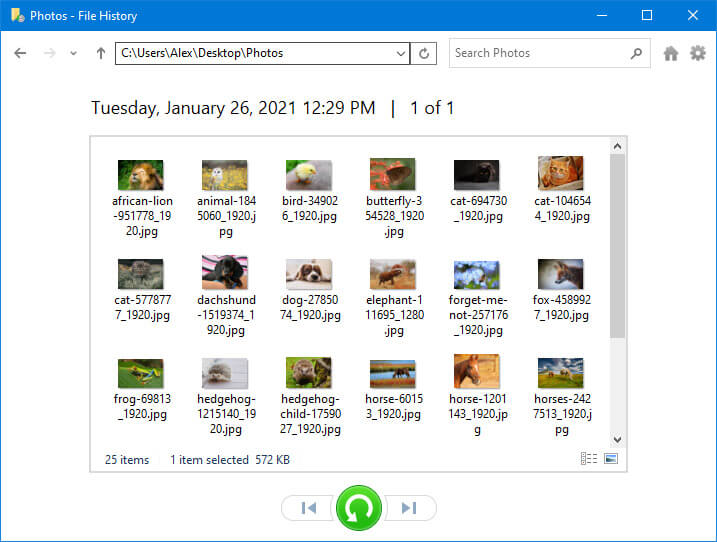
If you can’t find your files in Windows Backup, you might have backed them up elsewhere. Check OneDrive if you use it, or look for manual backups you may have created on external drives or USB sticks.
Method 3: Recover Files Using Data Recovery Software
When files appear to be deleted after a Windows update, they often still exist physically on your drive, but the system just can’t access them because the logical links have been broken. Fortunately, data recovery software can locate and recover physically available data directly regardless of whether it is accessible from Windows.
My top recommendation for data recovery software is Disk Drill because an locate existing files that have become inaccessible, find deleted files using file system information, and even reconstruct files based on their signatures when the file system data is damaged.
What’s more, Disk Drill supports hundreds of file formats across all Windows file systems, and its intuitive interface makes the recovery process straightforward even for beginners.
Here’s how to recover your files using Disk Drill:
Step 1 Download and install Disk Drill for your computer.
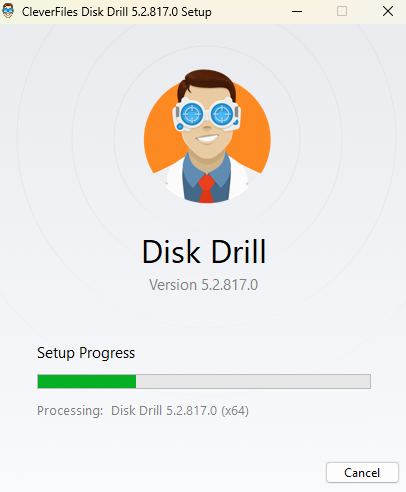 Step 2. Launch Disk Drill and select the drive where your lost files were stored. Click Search for lost data and wait for the scan to complete.
Step 2. Launch Disk Drill and select the drive where your lost files were stored. Click Search for lost data and wait for the scan to complete.
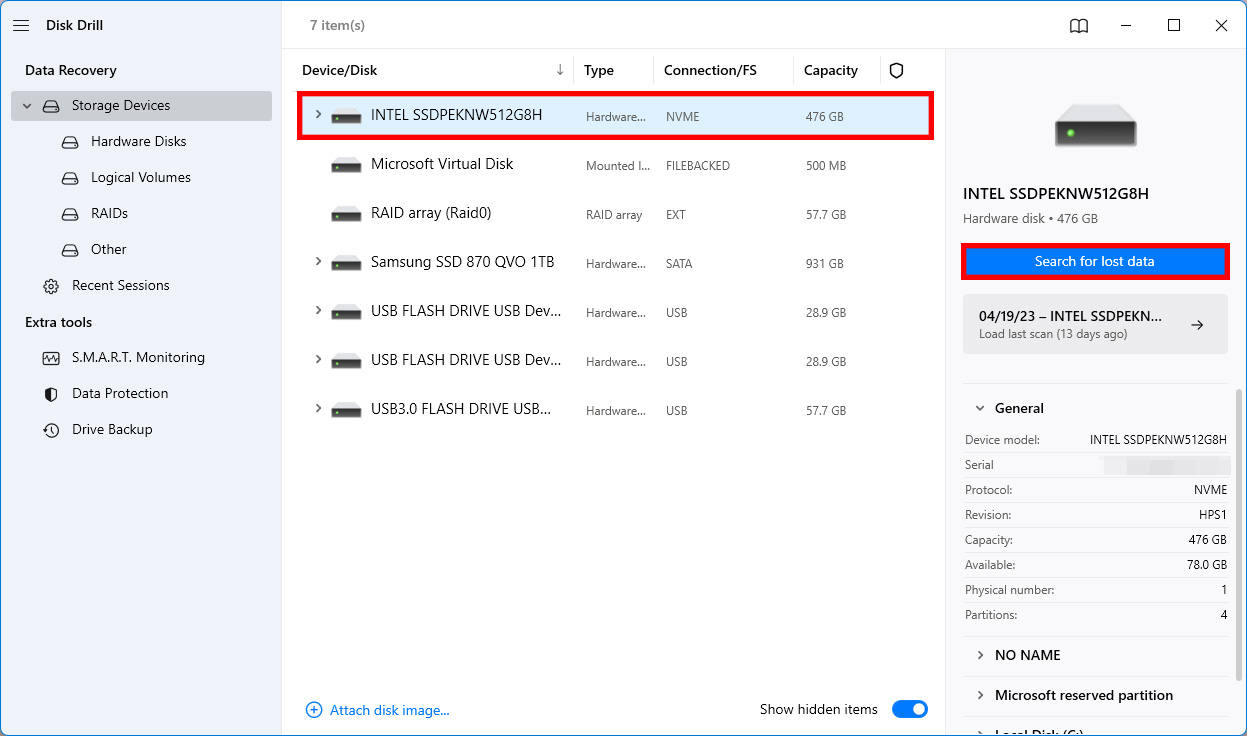
Step 3. Wait for the scan process to complete. This might take a while depending on your drive size. If you don’t want to wait, you can click Review found files (scanning will continue in the background).
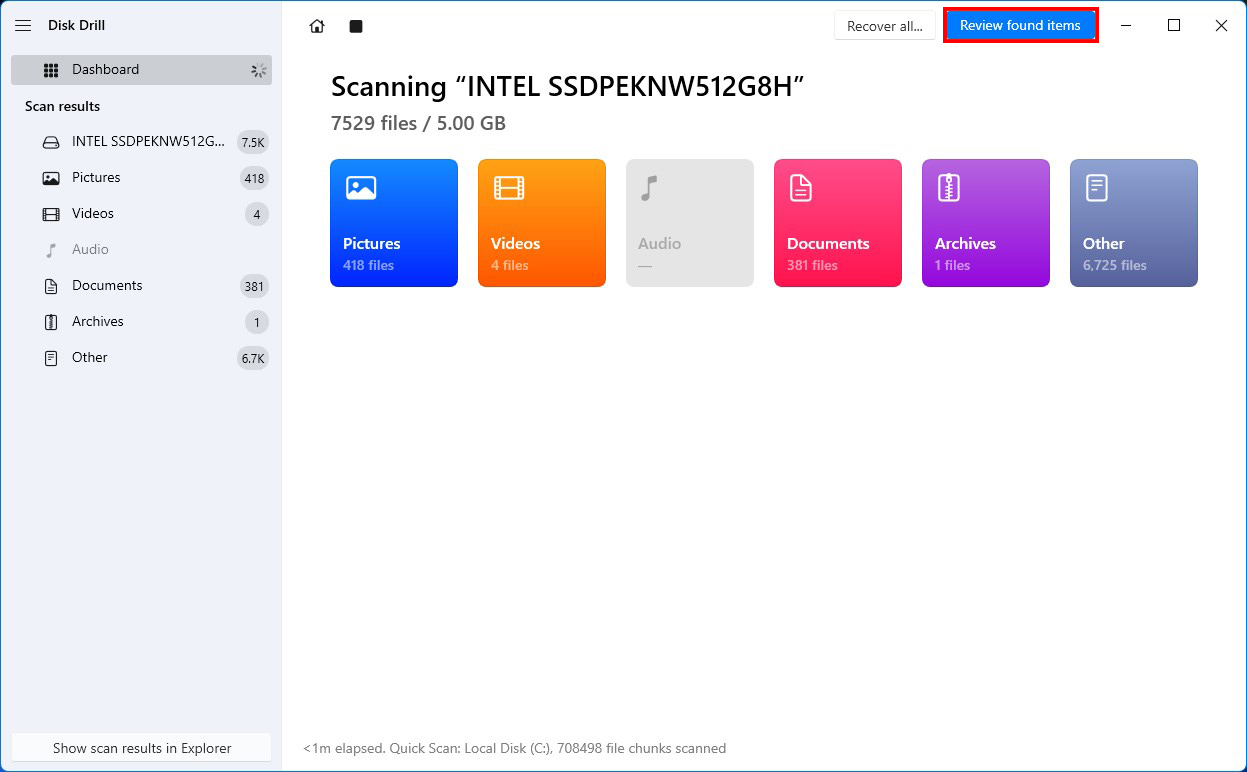
Step 4. Review the files that Disk Drill was able to find. You can then search for specific files, apple file format filters, and preview individual files by clicking the preview icon. Select each file you want to recover by clicking the checkbox next to it.
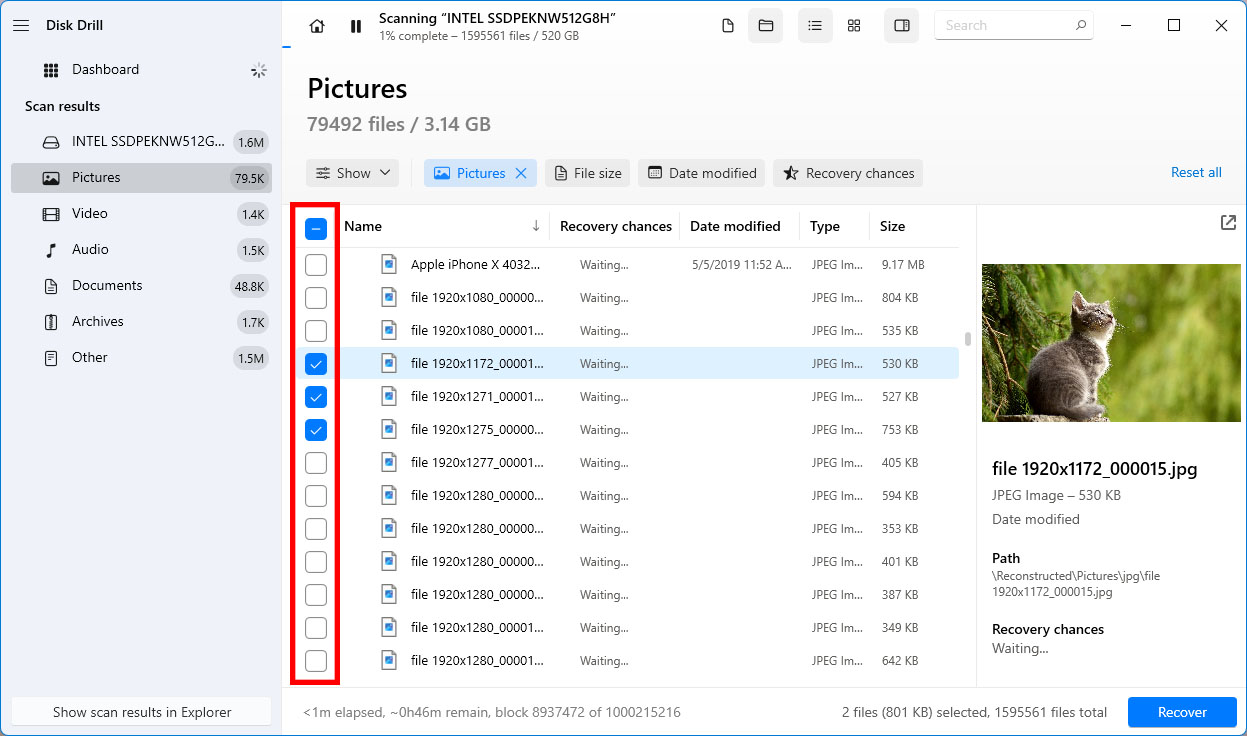
Step 5. With your files selected, click Recover and specify a suitable recovery destination. You will then receive a confirmation letting you know that the recovery was a success!
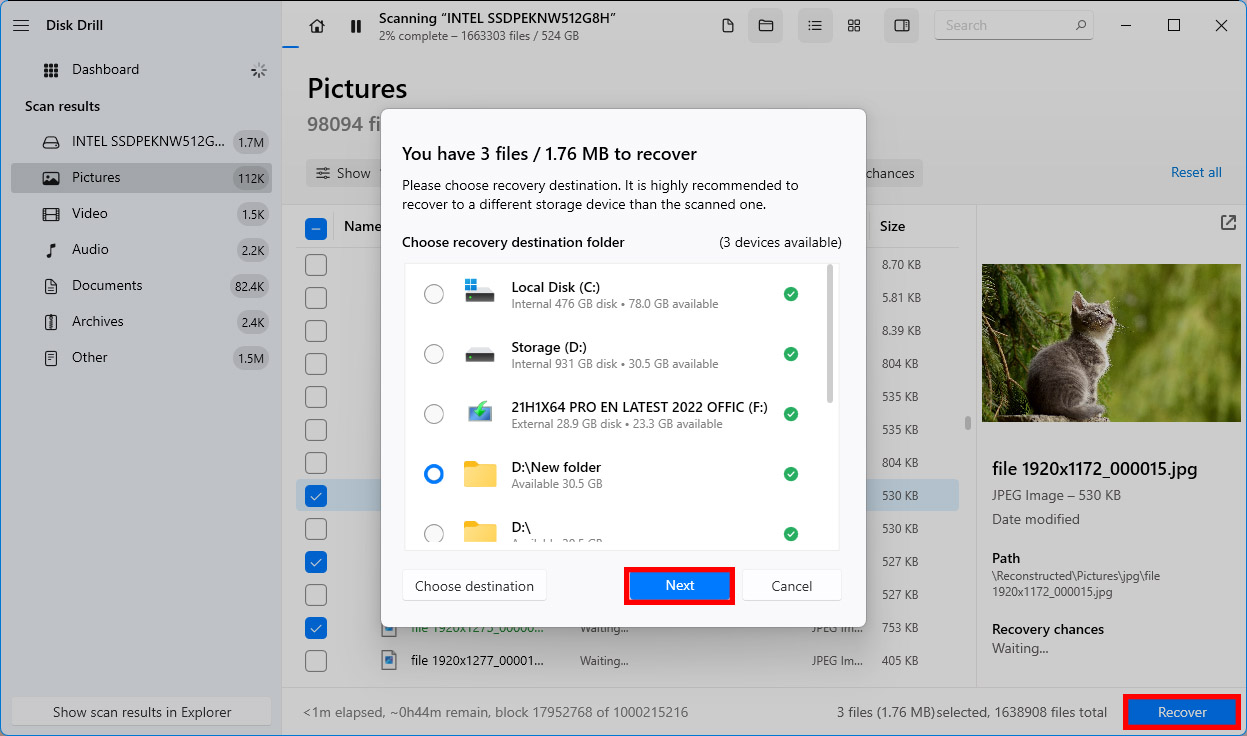
The free version of Disk Drill allows you to recover up to 500 MB of data. If you need to recover more data, the PRO version is available as a one-time purchase.
Conclusion
Windows updates are essential for system security and performance, but data loss can occur during the process. The good news is that you can usually quickly recover your files from the Windows.old folder, backups, or with the help of data recovery software.


